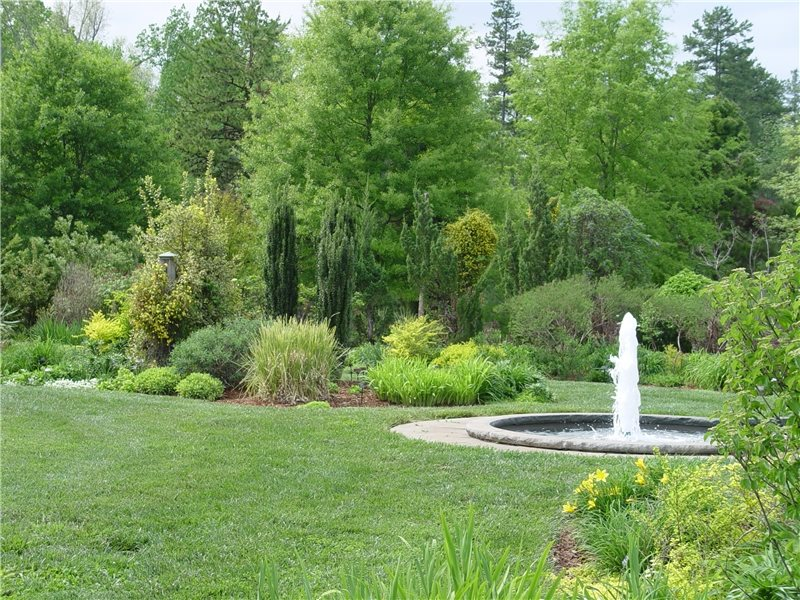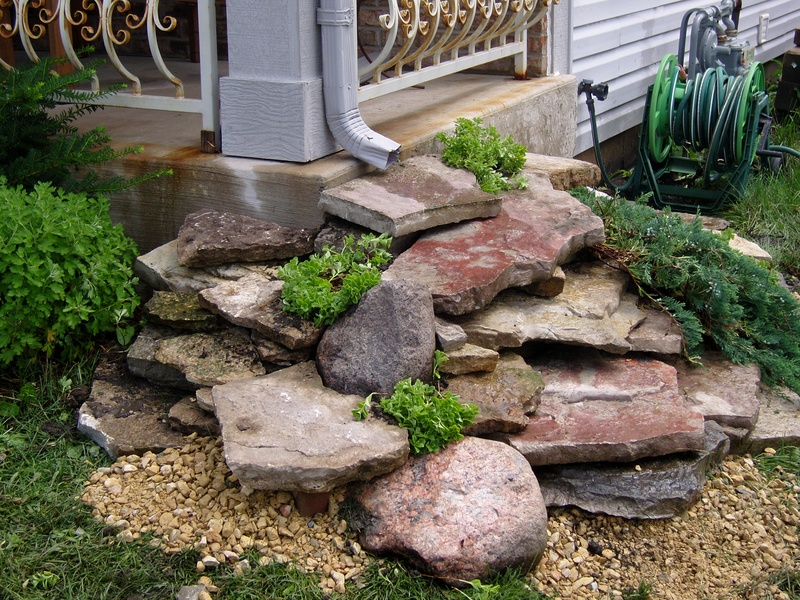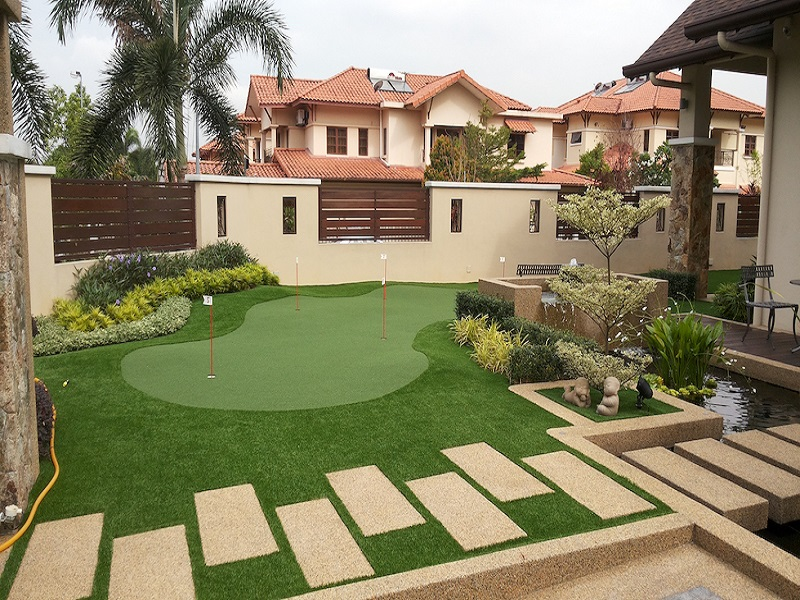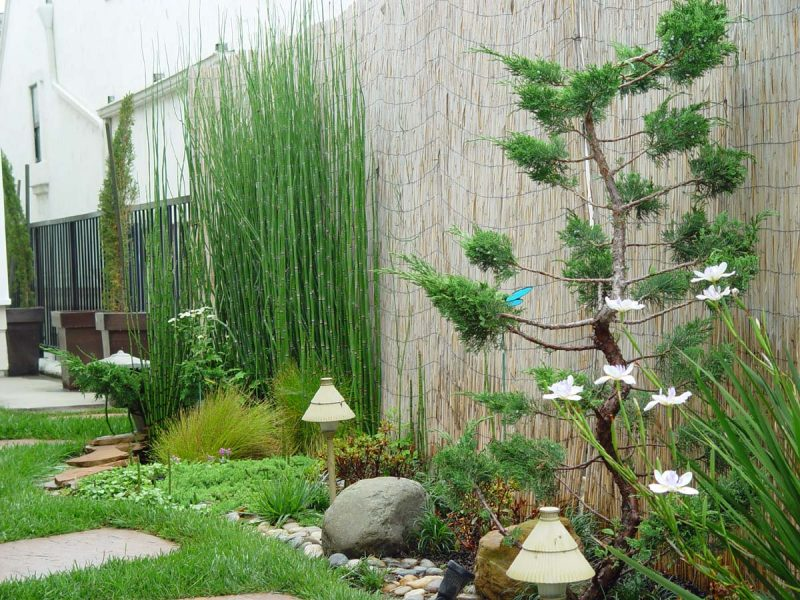Transforming Outdoor Spaces: The Art of Landscaping
Landscaping is more than just arranging plants and stones; it is the art of transforming outdoor spaces into breathtaking works of art. It is the fusion of nature and human creativity, where lush greenery, vibrant flowers, and skillfully placed elements come together to create an oasis of tranquility and beauty. Whether it’s a sprawling garden, a cozy backyard, or a corporate office park, landscaping has the power to enhance aesthetics, improve functionality, and provide a sanctuary for both the eyes and the soul.
At its core, landscaping is about understanding the natural elements and harnessing their potential to create harmonious compositions. It involves careful consideration of the topography, soil conditions, climate, and existing vegetation. A skilled landscaper can turn a barren plot of land into a lush paradise by selecting the right plants that thrive in the given conditions. From majestic towering trees to delicate shrubs, every plant has a role to play in creating a balanced and visually appealing landscape.
The use of hardscape elements, such as pathways, walls, and water features, adds structure and character to the landscape. These man-made elements not only provide practical benefits like defining spaces and improving accessibility but also add an artistic touch to the overall design. A well-designed pathway, adorned with colorful flowers on either side, can lead the beholder on a visual journey through the garden. A carefully positioned fountain or a serene pond can create a sense of tranquility and invite wildlife, making the landscape come alive.
One of the key principles in landscaping is understanding the importance of focal points and creating visual interest. A focal point could be a striking statue, a captivating flower bed, or a picturesque view. These elements draw the eye and anchor the entire design. By strategically placing focal points, the landscaper creates a sense of balance and directs attention to specific areas, enhancing the overall aesthetics.
Landscaping is not limited to residential properties. Commercial and public spaces can benefit greatly from well-executed landscaping. In corporate office parks, a thoughtfully designed landscape can create a welcoming environment for employees and visitors alike. Green spaces with seating areas and shade trees provide a retreat from the concrete jungle, promoting relaxation and boosting productivity. Public parks and recreational areas can be transformed into gathering spaces that foster community engagement and social interaction.
Beyond the visual appeal, landscaping offers numerous environmental benefits. Plants help reduce air pollution by absorbing carbon dioxide and releasing oxygen. They act as natural filters, purifying the air and improving its quality. Properly selected and placed trees can also provide shade, reducing energy consumption by cooling buildings during hot summer months. Additionally, well-designed landscapes can help manage water runoff, preventing erosion and minimizing flooding risks.
Landscaping is an ever-evolving art form that embraces innovation and sustainability. With the growing awareness of environmental conservation, eco-friendly landscaping practices are gaining prominence. Concepts like xeriscaping, which focuses on water-efficient plantings, and permaculture, which emphasizes self-sustaining ecosystems, are being incorporated into modern landscape designs. By blending aesthetics with ecological sensitivity, landscapers are creating spaces that are not only visually stunning but also in harmony with nature.
In conclusion, landscaping goes far beyond mere gardening. It is an art form that transforms outdoor spaces into living masterpieces, blending nature and human creativity. Through a combination of plants, hardscape elements, and design principles, landscapers craft visually captivating and functional landscapes. From residential gardens to corporate parks, landscaping has the power to enhance the beauty, functionality, and environmental sustainability of any outdoor space. So, the next time you step into a well-designed landscape, take a moment to appreciate the artistry and the harmonious relationship it creates between humans and nature.





